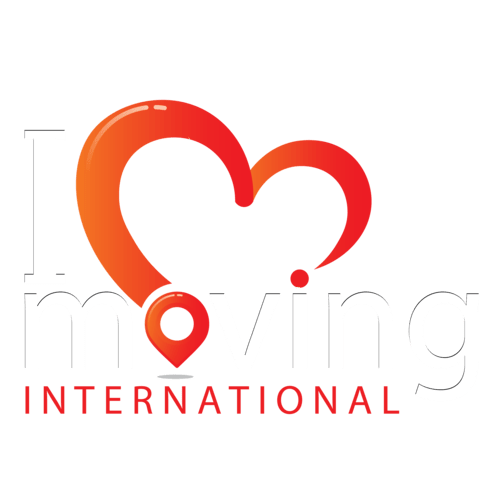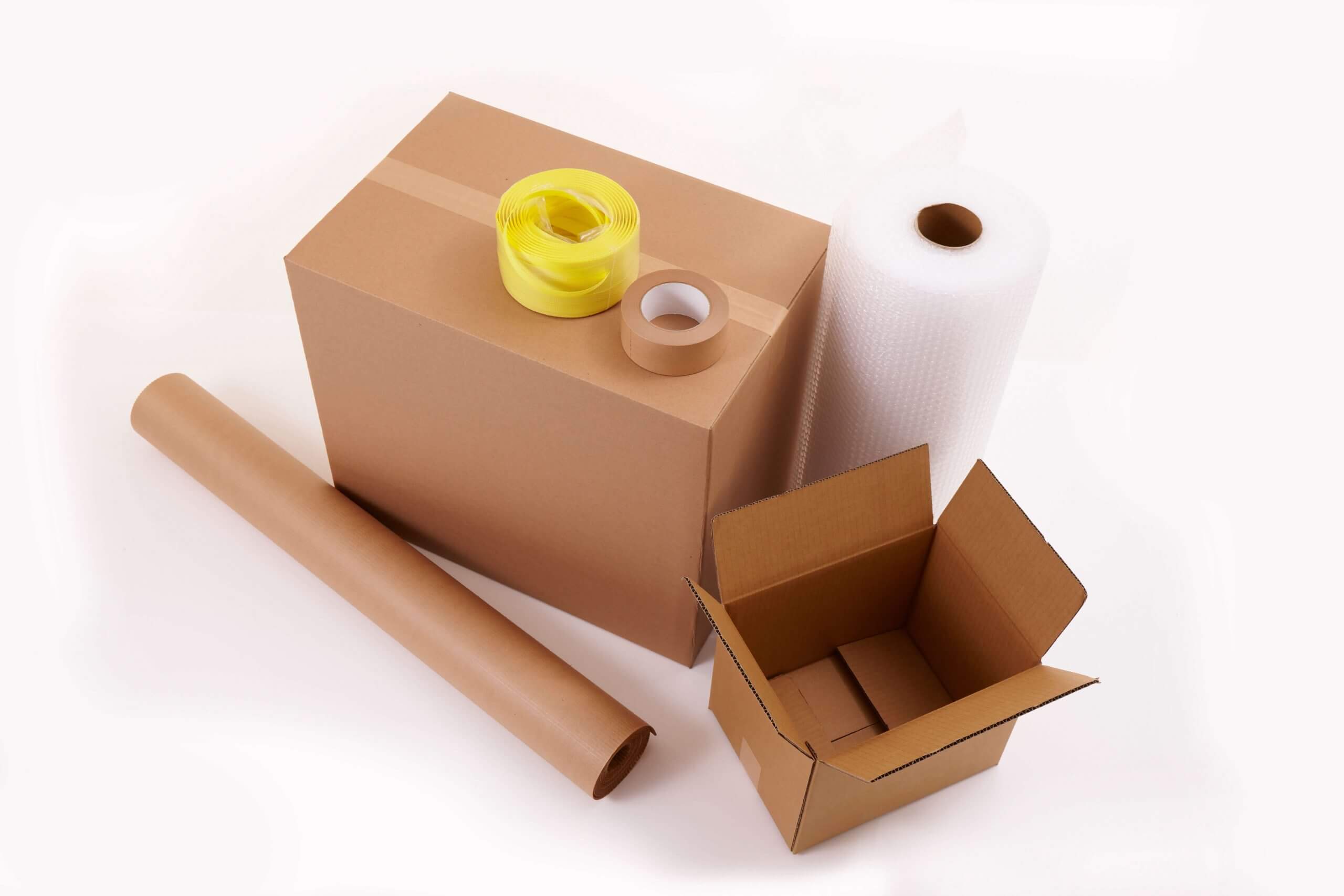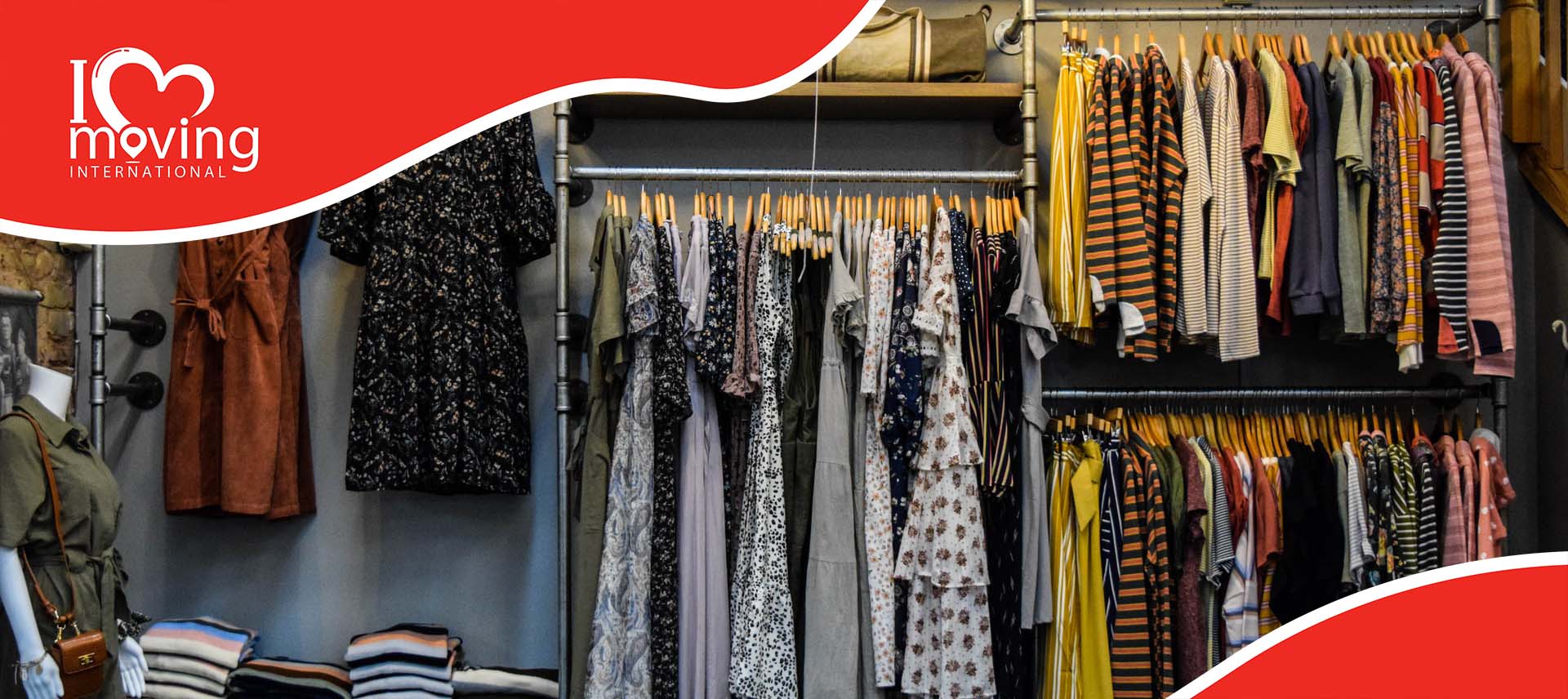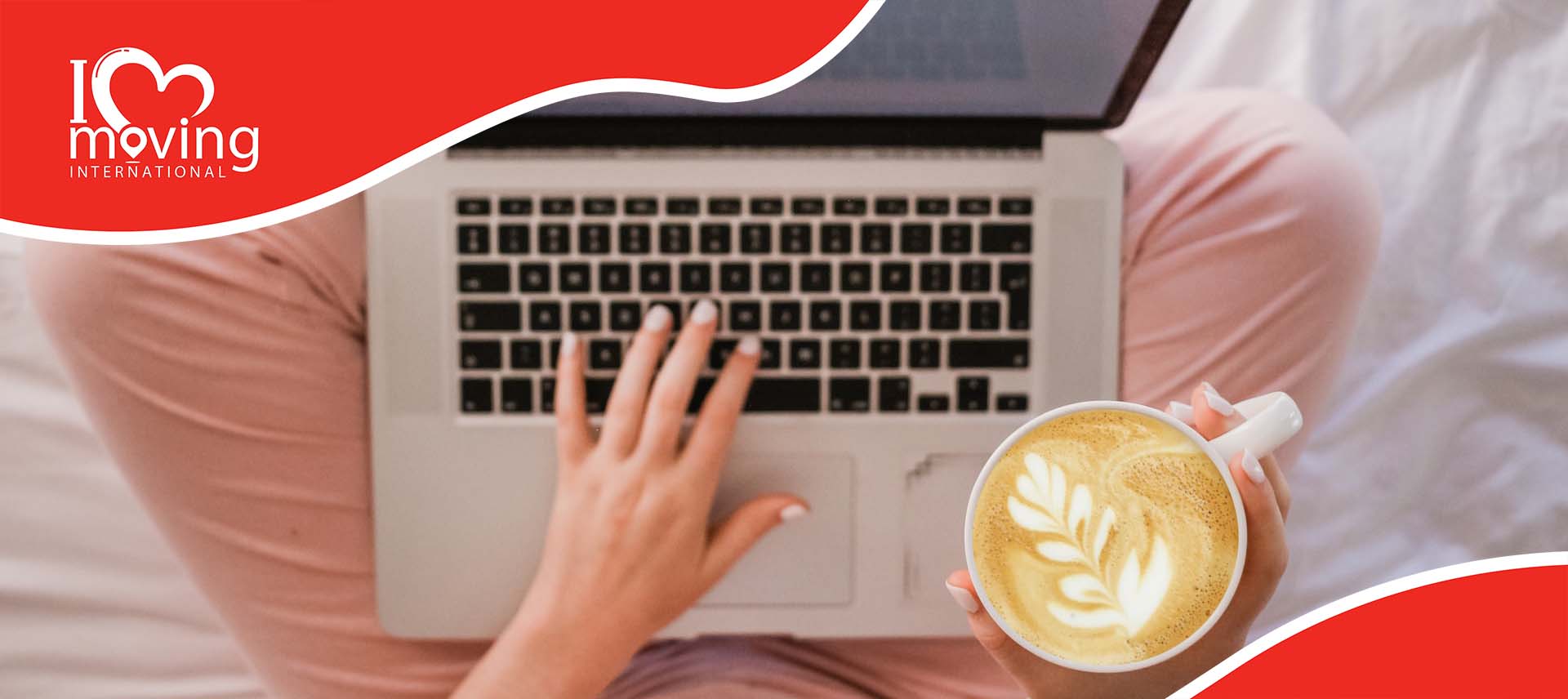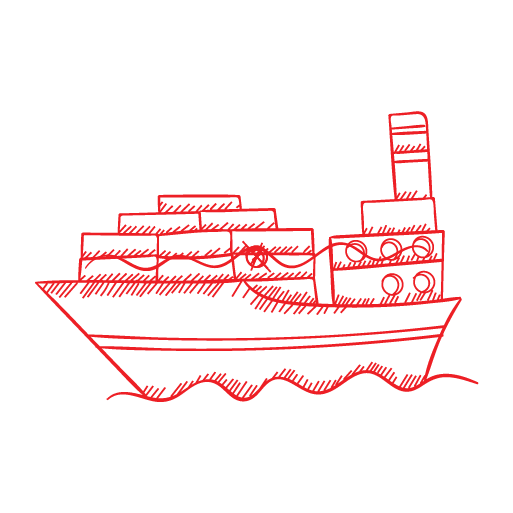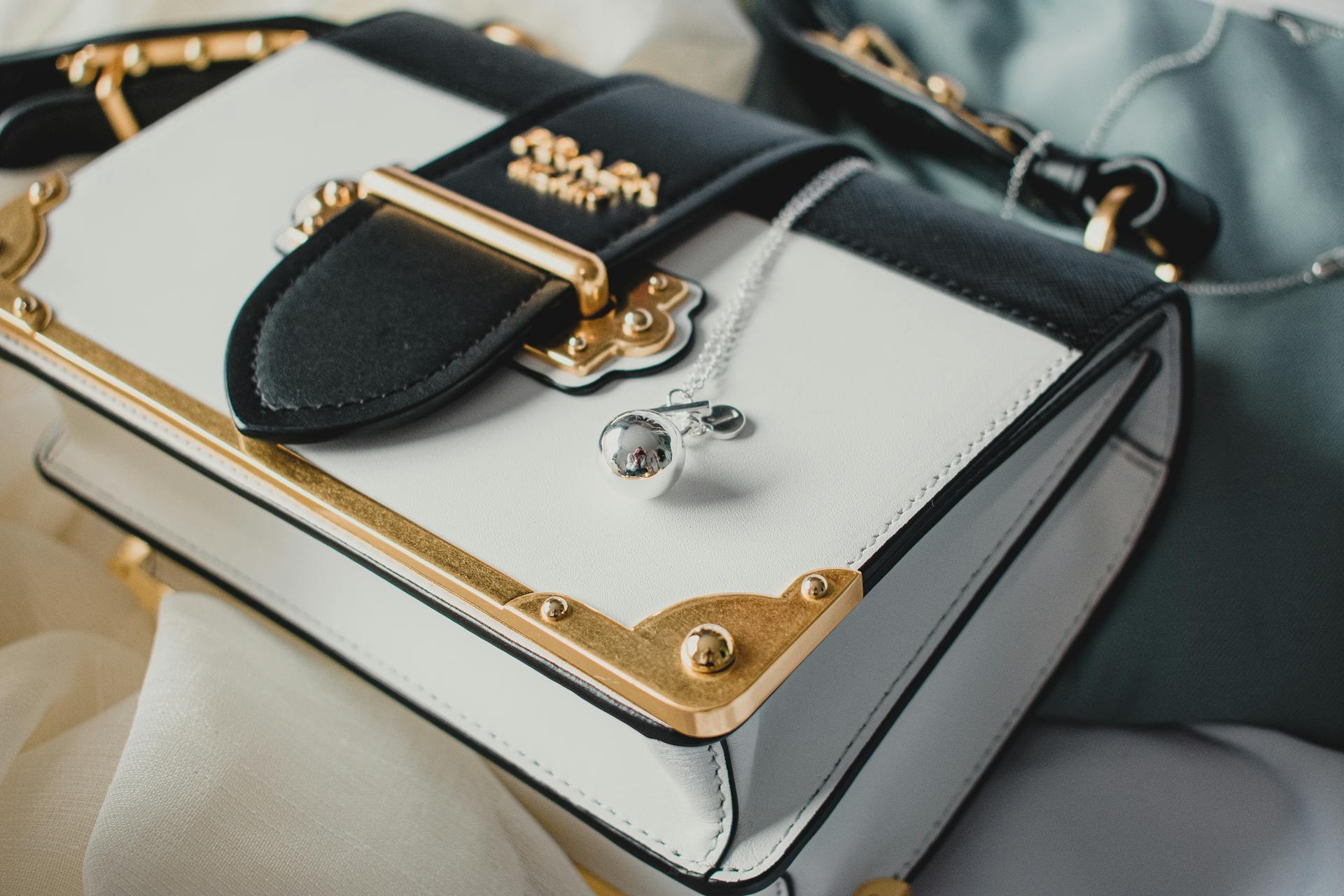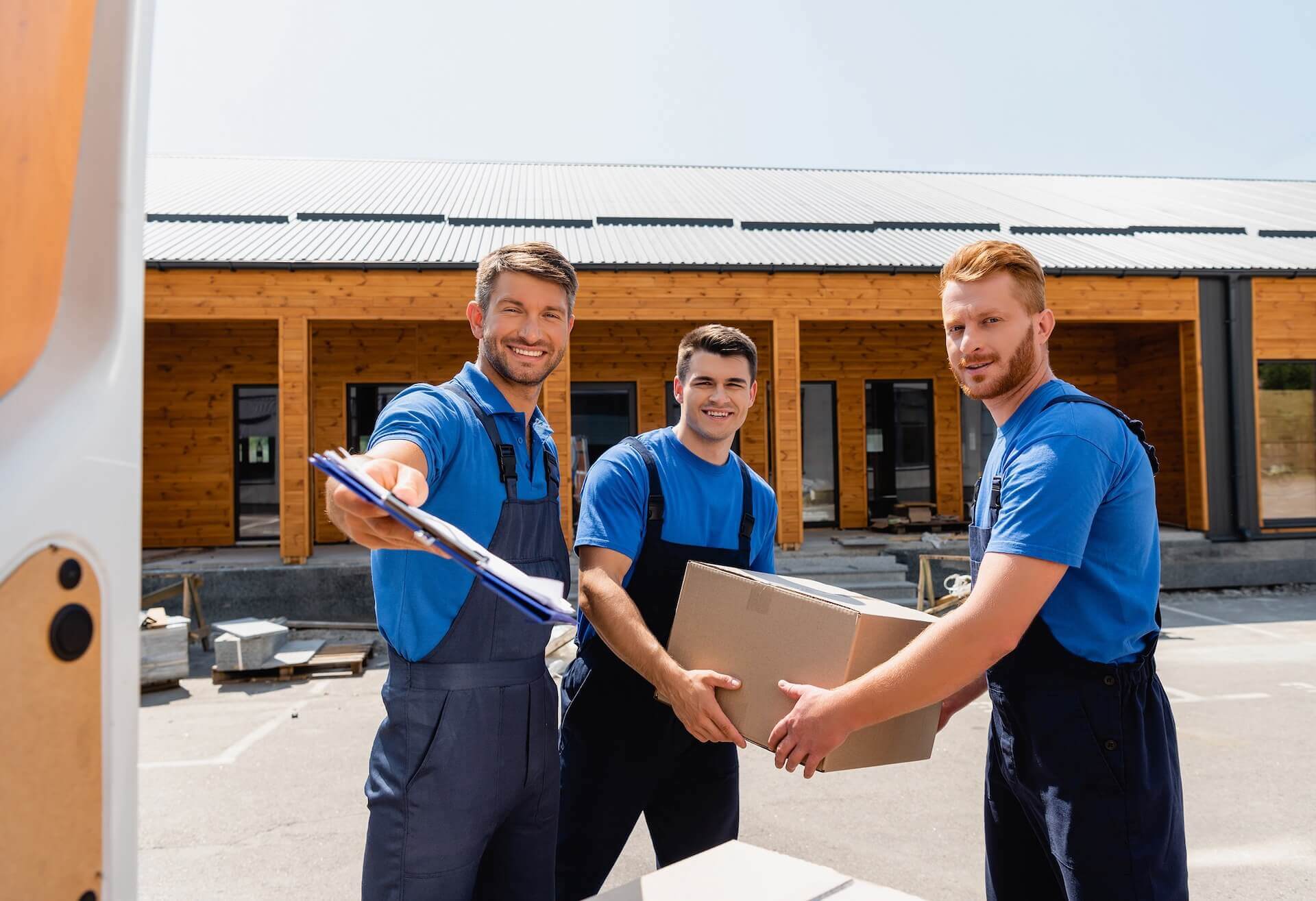Learning the easiest way to pack for a move can transform your whole relocation experience, particularly when moving internationally. This concise guide offers practical tips to streamline your packing process, making it less overwhelming. Emphasize organization and simplicity to ensure a hassle-free and smooth journey to the new home abroad.

What is the easiest way to pack for an international move? The easiest way to pack for an international move lies in adopting a systematic approach, focusing on one room at a time. Begin by thoroughly decluttering each space, removing possessions you no longer need or use. This not only lightens the load but also simplifies the packaging process. Once a room is decluttered, methodically pack its contents, categorizing belongings as you go. This strategy ensures that packaging is organized and manageable, reducing stress and increasing efficiency. Lastly, for some, the wisest choice is to invest in movers who will pack everything instead of you.
Blueprint for Success – Planning Your Packing Approach
Creating a packaging plan and timeline is crucial when you plan a relocation. A well-structured moving abroad checklist serves as a roadmap, ensuring that every aspect of the relocation is considered and addressed promptly.
This approach allows you to allocate specific days for packing different rooms, purchasing supplies, and handling logistics, making this process more organized and less overwhelming.
Avoid last-minute rushes by planning and ensuring that everything is packed safely and efficiently, setting the stage for a successful relocation.
Tips for Inventorying Items and Categorizing Them
Start by deciding what to keep when moving. Be selective and prioritize relocation essentials – items that are necessary or hold significant emotional value. As you categorize, create distinct groups like clothes, kitchenware, electronics, and sentimental items. This not only makes unpacking easier but also helps in determining what to sell, donate, or discard.
Keep a detailed inventory list. This is especially helpful for insurance purposes and keeping track of your belongings throughout the move. Efficient categorization and inventorying ensure you only bring what is truly needed.

Packing Supplies 101 – What You’ll Need
Gathering different packing materials is the first step. It’s important to choose the right supplies to protect your belongings during transit. Here’s a list of essential materials and tools you’ll need:
- Sturdy cardboard boxes in various sizes,
- Bubble wrap for fragile items,
- Packing paper or newsprint for wrapping and padding,
- Packing tape for sealing boxes,
- A tape dispenser for ease of use,
- Permanent markers for labeling,
- Scissors or a box cutter.
To estimate quantities, consider the size of your home and the number of items in each category. For a standard one-bedroom apartment, for instance, you might need around 20-30 boxes in various sizes. Remember, it’s better to have a few extra supplies than to run short. To find these supplies, consider checking the Craigslist website.
Less is More – Decluttering Before You Pack
Among the crucial things to do before moving is to declutter. This process involves categorizing belongings into four distinct actions – donate, sell, recycle, or trash. Donating gently used belongings can benefit those in need and is a fulfilling way to lighten the load.
Selling items, whether through online platforms or garage sales, can generate extra funds for the relocation budget. Recycling is an environmentally responsible way to dispose of certain materials.
How Decluttering Can Simplify the Packing and Moving Process
Decluttering plays a pivotal role in making the entire process easier and straightforward. By eliminating unnecessary belongings, one significantly reduces the volume of belongings to be handled.
This streamlined approach not only makes it easier to organize and categorize belongings but also significantly cuts down on the time and effort required. Additionally, with fewer belongings to worry about, the risk of items being lost is minimized.
This strategic decluttering effectively reduces relocation stress, making the entire experience more manageable and less overwhelming. A decluttered space results in more focused and efficient packaging, paving the way for a smoother transition.
But don’t stall with this task, use the tips from the video below to speed up decluttering.
Systematic Packing – Tackling One Room at a Time
Adopting a systematic approach by tackling one room at a time is widely recognized as the most effective method in preparation for an international transition. This approach allows for a more focused and organized process, significantly reducing the chance of overlooking or misplacing belongings.
By dedicating time to each room according to a packaging schedule for moving, individuals can methodically sort, declutter, and organize belongings. This room-by-room strategy provides a sense of accomplishment and progress, making the task more manageable. This methodical progression ensures that every area receives the attention it needs, resulting in a thorough and efficient preparation for the relocation.
Detailed Tips on How to Pack Each Room Efficiently
When preparing for a move to a new home, packaging each room with care and efficiency is key. This is also the best way to manage time because it’s easier to estimate how long it will take to tackle each room. Here are some detailed tips on how to package stuff in the entire home:
- Living room – Wrap electronics in bubble wrap and label cords. Pack books flat in small boxes to avoid overloading. Disassemble furniture and wait for the international movers to load them into the truck.
- Kitchen – Use dish packing kits for glassware and pad pots and pans with paper. Label boxes with fragile items.
- Bedroom – Fold clothes and place them in suitcases or wardrobe boxes. Protect jewelry with small containers or padded pouches. Disassemble the bed and ask for help when it comes to moving it.
- Bathroom – Seal liquids with tape and pack them in plastic bags. Keep essential toiletries separate for easy access.
- Garage/Storage – Disassemble tools and store hardware in clearly marked bags. Wrap sharp tools in bubble wrap for safety.
Handle With Care – Packing Fragile and Valuable Items
Use special techniques to ensure fragile items and valuables are moved safely. For dishes and glassware, using dish packaging kits or individually wrapping each piece in bubble wrap provides substantial protection. Plates should be packed vertically in sturdy boxes, resembling the way files are placed in a file cabinet, as this reduces pressure on them.
For glassware, use compartmentalized boxes and fill any empty spaces with paper to prevent movement. Artwork requires a different approach; each piece should be wrapped in acid-free paper then bubble wrap, and placed in picture boxes or crates with ample padding.
Tips for Documenting and Packing Valuable or Sentimental Items
Ensuring the safety of valuable or sentimental items is key, as culture shock isn’t the only shock one might experience if these treasures arrive damaged. To prevent this, document each item thoroughly before packaging.
Take photographs and note any existing damage for insurance purposes. For extra protection, use specialty containers or custom crating for particularly valuable pieces. Wrap items in acid-free tissue paper or bubble wrap, and then secure them in boxes with plenty of padding.
Keep a separate inventory list of these items, including their estimated value and condition. For items of great sentimental value, carry them with you during the move, if possible.

Avoid Chaos – Labeling and Organizing Boxes
Use labels, clearly write the contents of each container, the destination room in the new location, and any special handling instructions such as “Fragile” or “This Side Up.” This not only aids in the efficient transportation of containers but also ensures that they are placed in the correct room upon arrival.
Color-coding labels for different rooms can further streamline the process, making it easy to identify containers at a glance. Best practices for labeling involve using waterproof markers and placing labels on multiple sides of the container for visibility from any angle.
Organizing Packed Boxes for Easy Loading and Unloading
Strategically place containers based on their weight, size, and fragility. Heavier containers should be loaded first, at the bottom, while lighter ones can be stacked on top. It’s also important to group containers by their destination room.
This not only makes unloading more efficient but also helps with the organization at the new location. Keeping a clear path for movers or helpers to navigate through can significantly speed up the loading and unloading process. This careful organization minimizes handling time and reduces the risk of damage.
First Night Essentials – Packing An Essential Box
An essential box for the first night is a crucial component when preparing to move to another country. This box should contain items you’ll need immediately upon arrival, minimizing the need to rummage through numerous containers on your first day.
It’s particularly important to package clothes for the next day, as well as any other immediate necessities. Having this box ensures a smoother transition, providing comfort and convenience in the new environment.
What to Include in the Essentials Box and Last-Minute Packing Tips
The essentials box should be thoughtfully packed with items crucial for the first 24 hours in a new home. If you are at a loss about what to pack in the box or bag, we’ve got you covered. Here’s what to include:
- Clothing for the next day, including sleepwear,
- Basic toiletries,
- Essential medications and first aid kit,
- Chargers for electronic devices,
- Snacks and bottled water,
- Basic tools and flashlight,
- Important documents like passports, IDs, and moving paperwork.
These items will ensure that the most immediate needs are met without having to unpack everything right away. Keep this box easily accessible during the move. It’s the last box to load and the first one to unload. For those moving overseas, consider any specific items that might be harder to find upon arrival, such as adapters for electronic devices.
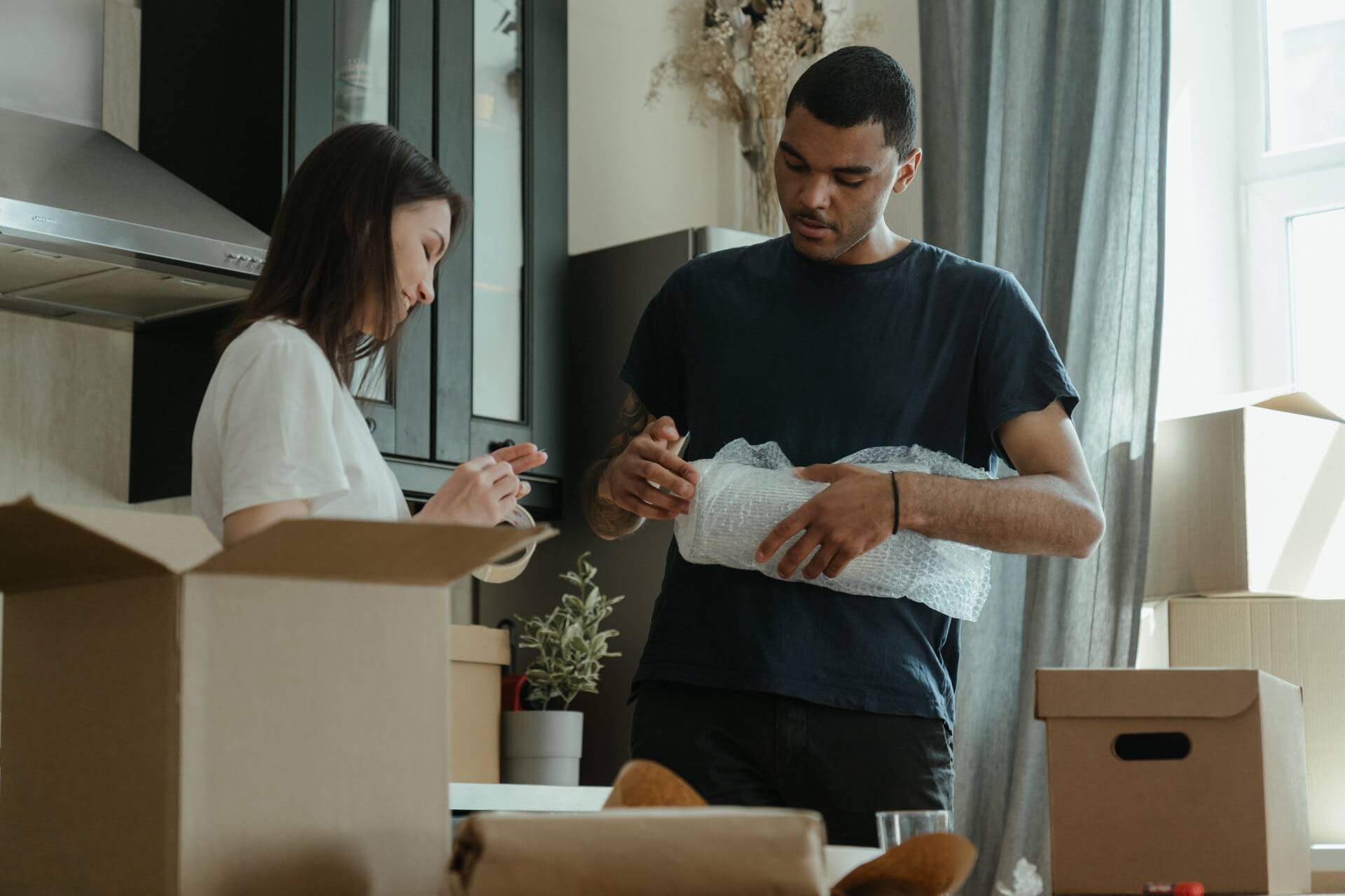
The Easiest Way to Pack for a Move Is to Let Movers Do It
Entrusting the packaging process to professional movers is often the wisest choice. This approach not only alleviates the physical strain and time commitment associated with packaging but also ensures that belongings are securely and expertly packed. The key is to find the best overseas shipping company that offers a balance of reliability, service quality, and cost-effectiveness.
Researching and comparing different companies, reading customer reviews, and obtaining detailed quotes are essential steps in this process. Professional movers are experienced in handling the complexities and challenges of relocations, offering peace of mind that everything from delicate items to bulky furniture is appropriately packed for the journey.
It’s Advisable to Use a Variety of Services
For a comprehensive and stress-free relocation, it’s advantageous to explore various specialized services. Moving by sea services provide an economical solution for shipping large volumes over long distances, ideal for those who aren’t constrained by tight deadlines.
On the other hand, moving by air service caters to urgent needs, delivering essential belongings swiftly to the new location. Car shipping services are invaluable for those wishing to transport vehicles safely. On top of this, the full packing services will allow you to delegate the most challenging aspect of the relocation. These varied options allow for a tailored relocation experience, addressing different needs and preferences.
It’s Time to Move With The Help of The Best International Moving Company
I Love International Moving specializes in shipping overseas, offering comprehensive services that cater to every aspect of the relocation. As a leading overseas moving company, we provide expert guidance and efficient solutions, ensuring all belongings are handled with care and professionalism. From personalized packing to streamlined transportation options, our team is dedicated to making your international relocation a success. We invite you to reach out to I Love International Moving for a seamless and worry-free relocation experience. Let us be the cornerstone of the new beginning.
FAQ
Beginning the packaging process 4-6 weeks before your move date is ideal. This time frame allows you to tackle the task in a manageable, stress-free manner. Start with items you use infrequently and gradually move towards daily essentials as the relocation day approaches.
During the hustle of packaging, certain items are often overlooked. These include chargers and electronic accessories, which might be left plugged in at hidden spots. Items stored in out-of-sight places like basements, attics, or high shelves are also commonly forgotten.
Start by organizing and digitizing paperwork to reduce bulk. Books should be packed in small, sturdy boxes to avoid overloading, while electronic equipment like computers and printers requires careful wrapping and secure packaging. Label cables and small accessories to simplify the setup process in the new space. Utilize bubble wrap and packing paper to protect these items during transit.
For formal wear or items prone to wrinkling, use wardrobe boxes with hanging rods. For other clothing, rolling instead of folding can save space and minimize creases. Vacuum-sealed bags are excellent for compacting bulky items like jackets and sweaters, making them easier to transport.
While it might seem convenient to leave items in drawers when moving furniture, it’s generally recommended to empty them. Removing contents makes the furniture lighter and easier to maneuver, reducing the risk of injury and damage. If items are left in drawers, ensure they’re not fragile or likely to shift during the relocation.
Keeping track of box contents is crucial for an organized relocation. Label each box clearly with a summary of its contents and the room it belongs to. Consider using color-coded labels for different rooms. Creating a detailed inventory list of what each box contains can also be extremely helpful, especially when unpacking or if you need to find something quickly.
